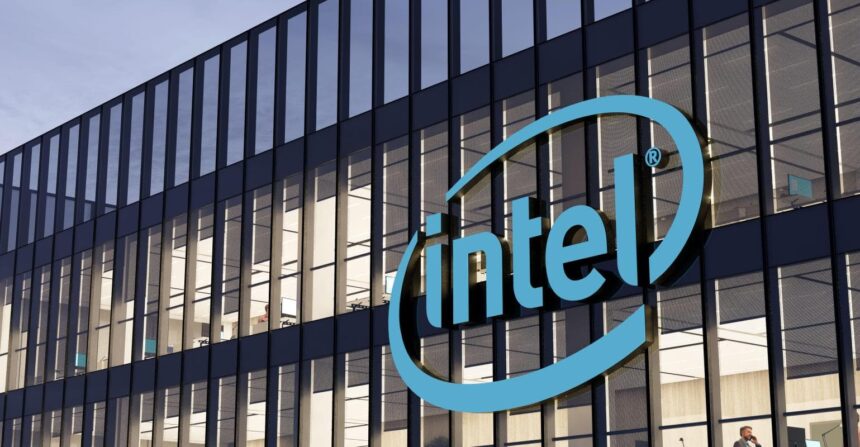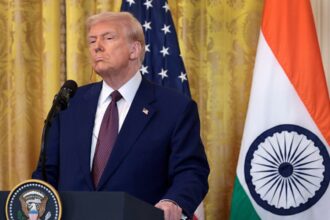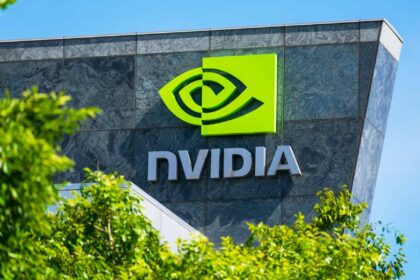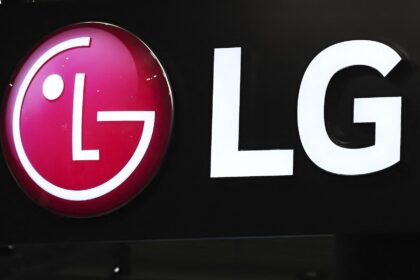In a significant development for the semiconductor industry, Intel Corporation’s stock surged 9% on Tuesday following reports of potential deals with industry competitors Broadcom and Taiwan Semiconductor Manufacturing Company (TSMC). The Wall Street Journal revealed that these discussions could split Intel into separate entities.
According to sources familiar with the matter, Broadcom is considering an acquisition of Intel’s product division, which specializes in semiconductor design for computing systems.
Simultaneously, TSMC has expressed interest in acquiring partial or complete control of Intel’s manufacturing facilities, potentially as part of an investment consortium. However, these discussions remain preliminary, with no formal proposals submitted to Intel.
The market responded distinctly to this news, with Broadcom’s shares declining 2.5% and TSMC’s U.S.-listed shares experiencing a modest decrease of less than 1%. Intel, conversely, has seen remarkable market performance recently, achieving its most substantial weekly gains since 2000 last Friday.
This surge coincided with increased U.S. government support for domestic semiconductor manufacturing and reports of potential collaboration between TSMC and the U.S. government to assist Intel’s recovery efforts.
Intel’s recent history provides an important context for these developments. Under former CEO Pat Gelsinger’s leadership, the company expanded its manufacturing division in 2022 to include external customers through a foundry business model, attempting to compete with TSMC.
However, this initiative has faced significant challenges, with the manufacturing division struggling to attract external customers and maintain profitability. These difficulties contributed to disappointing earnings throughout 2024 and a substantial 60% decline in stock value last year, ultimately leading to Gelsinger’s departure in December.
The company has since attracted attention from various potential acquirers, including earlier reported interest from Qualcomm, Arm, and Apollo. Wall Street analysts have generally supported the idea of splitting Intel’s operations. Raymond James analyst Srini Pajjuri emphasized this perspective, stating that separating Intel’s Product and Foundry divisions could be crucial for value creation.
Intel has already taken steps by announcing plans to establish its foundry business as an independent subsidiary, separating its financial and operational structures from the products division. While analysts interpret this as groundwork for a potential split, it’s worth noting that Intel’s funding under the U.S. CHIPS Act places certain restrictions on fully divesting its manufacturing operations.
This strategic shift represents a potential turning point for Intel as the company navigates challenges in its manufacturing capabilities that have persisted since the mid-2010s while seeking to maintain its position in the global semiconductor industry.










